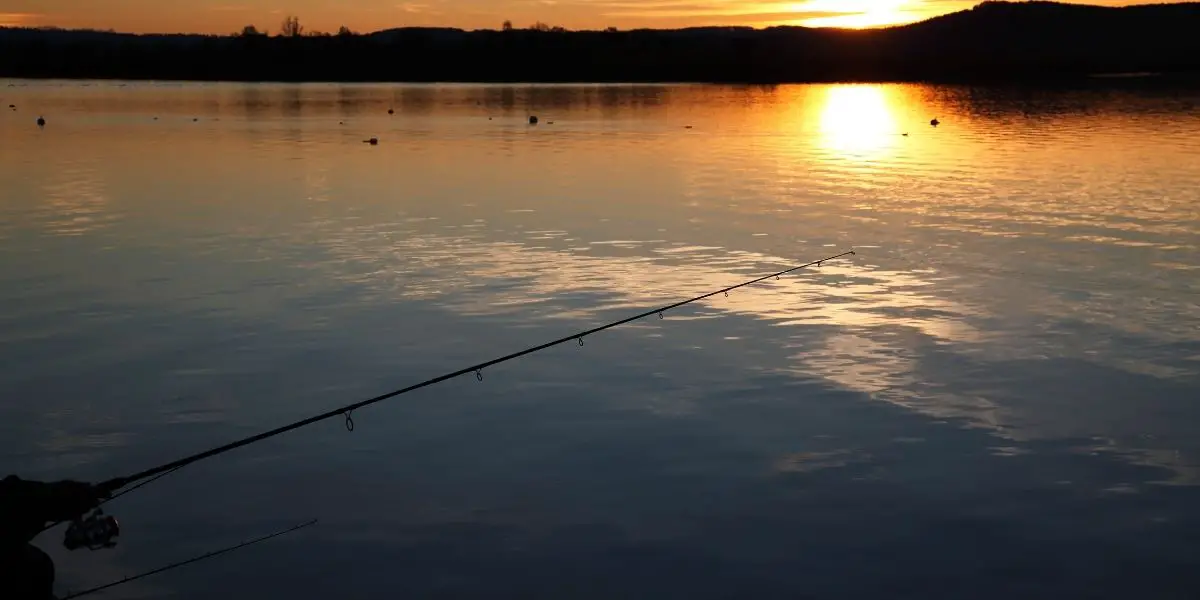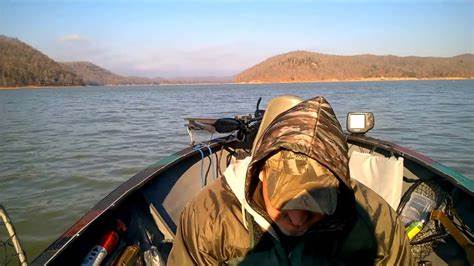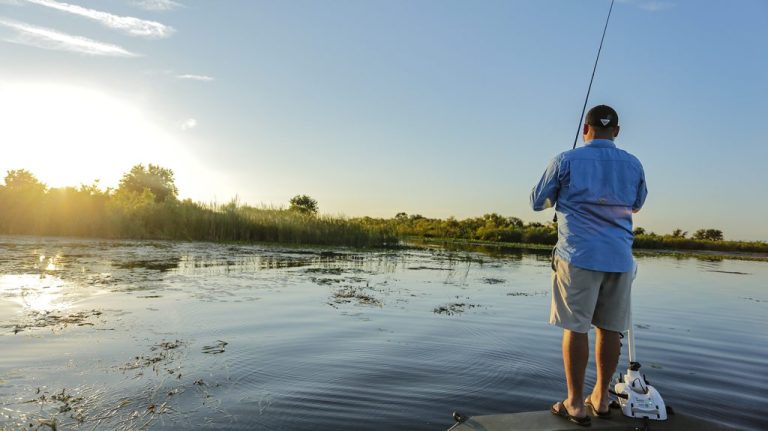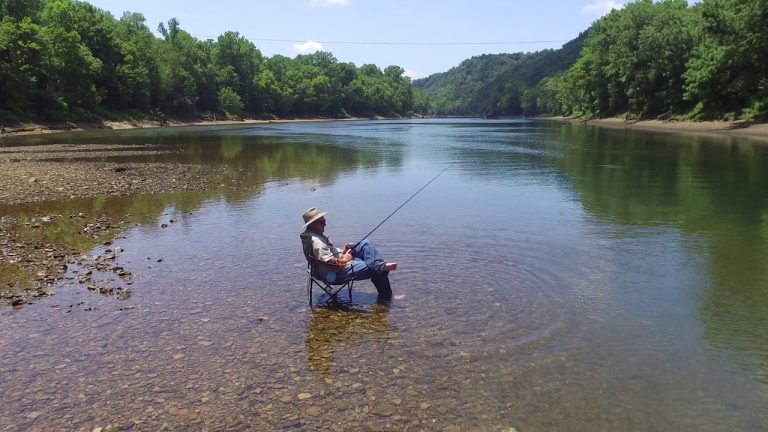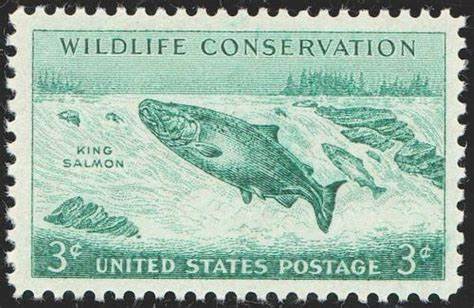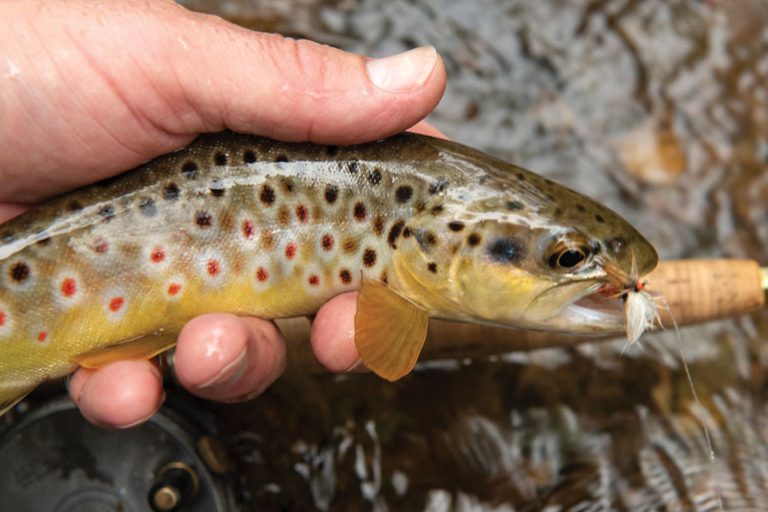As the sun dips below the horizon and the stars begin to twinkle, the thrill of night fishing beckons anglers across the nation. However, before you cast your line into the moonlit waters, it’s crucial to familiarize yourself with the essential night fishing regulations for 2025. By staying informed and compliant, you can ensure a safe, enjoyable, and successful after-dark angling experience while avoiding costly fines and protecting our precious aquatic resources.
Understanding the Importance of Night Fishing Regulations
Night fishing regulations play a vital role in maintaining the delicate balance of our aquatic ecosystems and ensuring fair access for all anglers. These rules are carefully crafted by state fish and wildlife agencies to:
- Protect fish populations: Regulations help prevent overfishing and ensure the long-term sustainability of our fisheries.
- Promote fair access: By setting clear guidelines, regulations ensure that all anglers have an equal opportunity to enjoy the night fishing experience.
- Maintain ecological balance: Rules regarding the use of lights, baits, and other equipment help minimize the impact on aquatic habitats and non-target species.

Key Night Fishing Regulations for 2025
While specific regulations may vary by state, region, or body of water, there are several key rules that night anglers should be aware of:
Fishing Hours and Seasons
- Many states define night fishing as angling between sunset and sunrise, so be sure to check the exact times for your location.
- Some waters may have specific seasonal closures or restrictions for night fishing, such as New York’s Salmon River, which allows night fishing from Lake Ontario to the Rte. 3 bridge only from April 1 to Aug. 14.
Species-Specific Rules
- Certain fish species may have different size limits, bag limits, or seasonal closures for night fishing.
- For example, in Ohio’s Lake Erie, the daily limit for walleye, saugeye, and sauger is 6 (singly or in combination) with a minimum size of 15 inches from March 1, 2025, to Feb. 28, 2025.
Gear Restrictions
- Some states may limit the use of certain baits, lures, or fishing methods during night hours.
- In Montana, anglers can use up to 6 lines with 2 hooks per line through the ice only on certain waters like Lake Elwell (Tiber Reservoir) and Lake Frances.
Lighting Requirements
- Regulations may specify the type and placement of lights on your boat or fishing area.
- Colorado requires all anglers to have a white light available to signal other boats and illuminate their vessel if needed.
Catch and Release
- Some waters may have catch-and-release requirements for certain species during night fishing hours.
- Montana’s Helena Lake has a catch-and-release policy for brown trout, except anglers 14 years of age or younger may keep 1 brown trout daily.
Staying Compliant: Expert Tips for Night Anglers
To ensure a hassle-free night fishing experience, follow these expert tips:
- Research before you go: Visit your state’s fish and wildlife agency website for the most up-to-date night fishing regulations specific to your location.
- Obtain necessary permits: Secure any required night fishing permits or licenses before heading out, such as the trout permit needed for certain waters in Kansas from Dec. 1 to March 31.
- Prepare your gear: Ensure your equipment complies with any gear restrictions and that you have appropriate lighting for your boat or fishing spot.
- Know your target species: Familiarize yourself with the specific regulations for the fish you plan to target, including size and bag limits.
- Practice catch and release: When unsure about size limits or species identification in low light conditions, consider releasing your catch to help protect fish populations.
The Consequences of Non-Compliance
Failing to adhere to night fishing regulations can result in serious consequences, including:
- Hefty fines: Penalties for violations can range from hundreds to thousands of dollars, putting a significant dent in your wallet.
- Gear confiscation: Illegal fishing equipment may be seized by authorities, leaving you without your trusted tackle.
- License suspension or revocation: Repeat offenders may face temporary or permanent loss of fishing privileges, effectively ending your angling adventures.
- Criminal charges: In severe cases, violators may even face criminal prosecution, tarnishing their reputation and future prospects.
Preserving the Night Fishing Experience
By staying informed and compliant with night fishing regulations, anglers not only protect themselves from legal consequences but also help preserve the unique experience for generations to come. Responsible angling practices ensure that our aquatic resources remain healthy, abundant, and accessible to all who seek the thrill of the night bite.
As you gear up for your 2025 night fishing adventures, take the time to research and understand the essential regulations specific to your region. Embrace the challenge of angling under the stars while respecting the rules that safeguard our precious fisheries. By doing so, you’ll not only maximize your chances of success but also contribute to the long-term sustainability of this captivating pursuit.
So, as the moon rises and the water shimmers with possibility, remember that knowledge and compliance are your greatest allies in the quest for the perfect night catch. Stay informed, fish responsibly, and let the magic of night fishing unfold before you, one moonlit cast at a time.
Useful Resources
For more information on night fishing regulations, best practices, and tips, explore these helpful resources:
- State Fish and Wildlife Agency Websites
- National Oceanic and Atmospheric Administration (NOAA) Fisheries
- American Sportfishing Association
- Night Fishing: Tips, Tricks, and Techniques for Fishing After Dark
By staying informed and adapting to regulatory changes, anglers can continue to enjoy the thrills of night fishing while contributing to the conservation of our nation’s fisheries. Embrace the challenges, respect the rules, and let the night be your guide to unforgettable angling adventures in 2025 and beyond.



